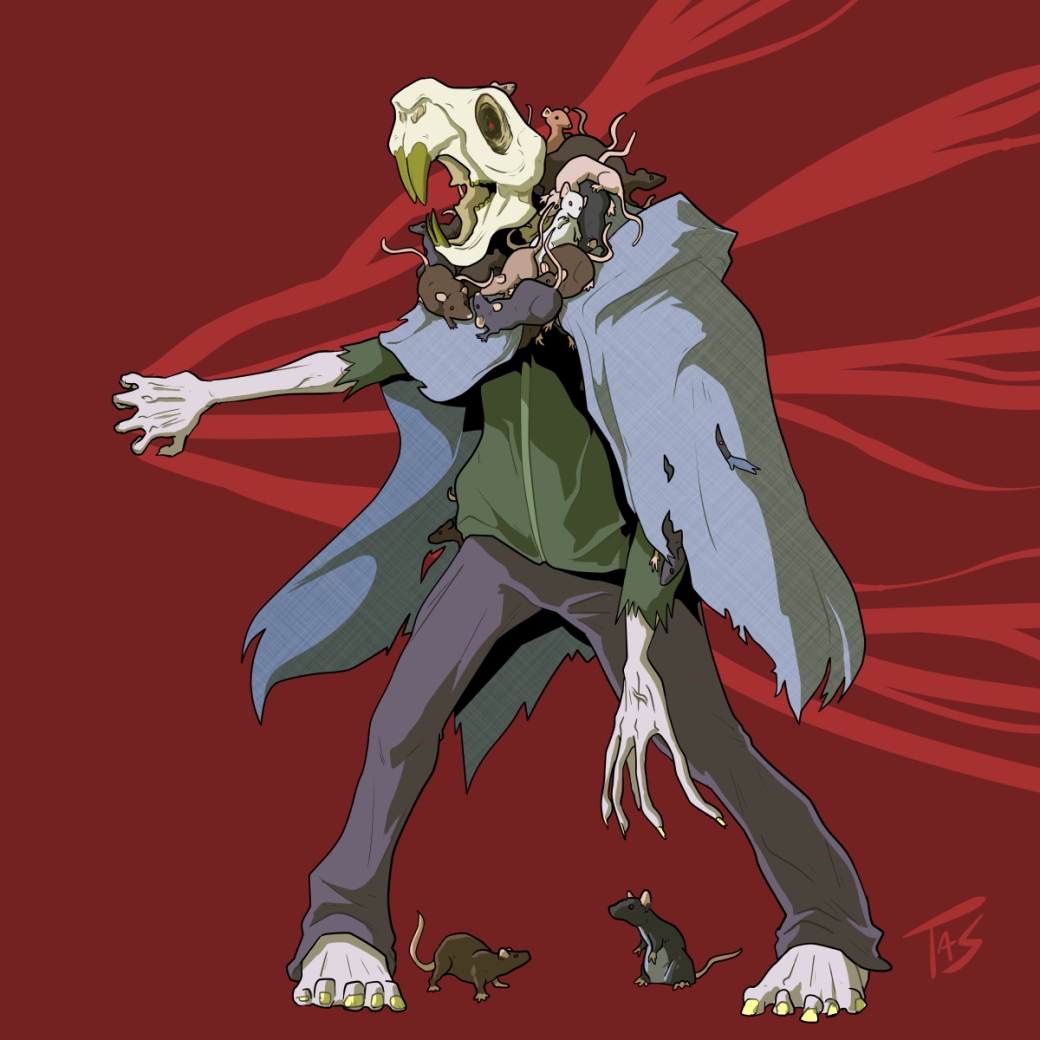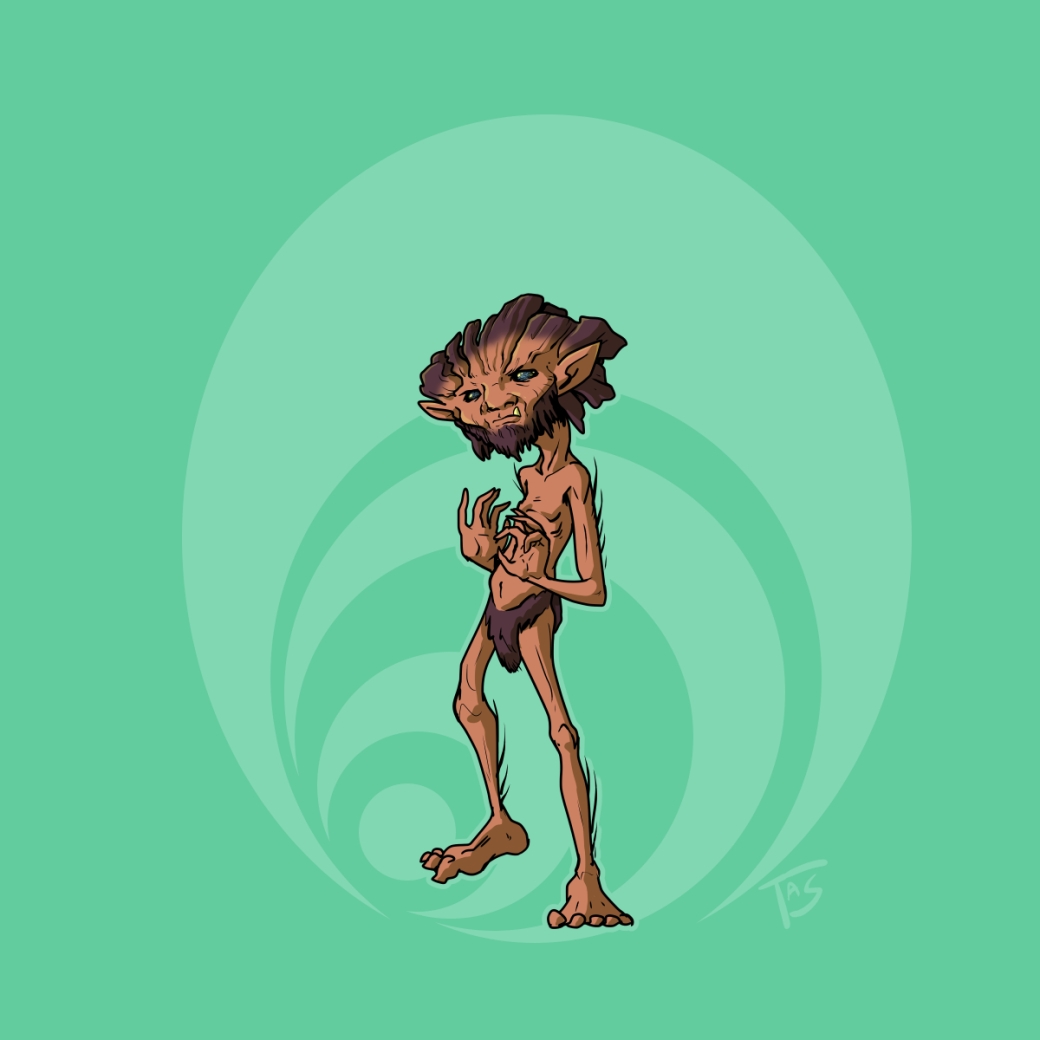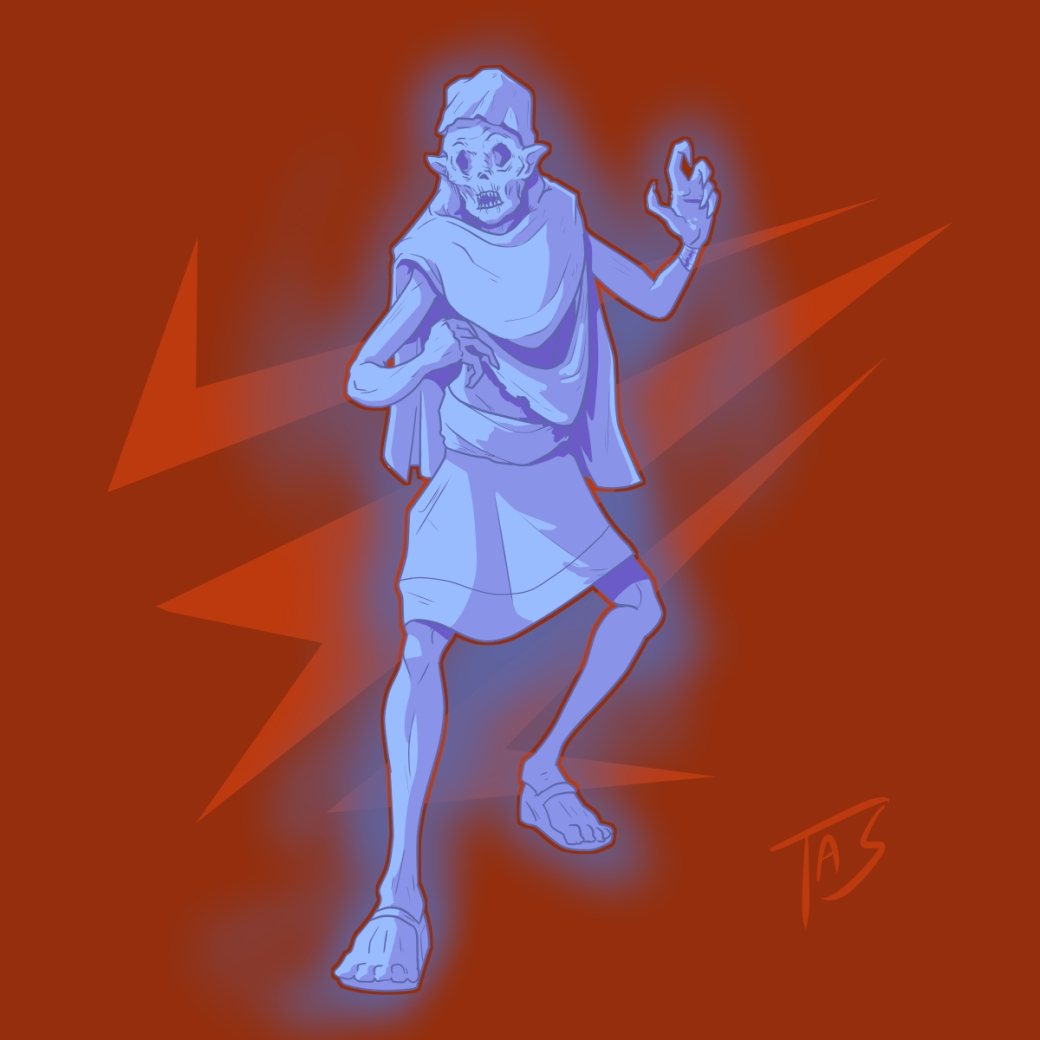
Pocong
Region of origin: Indonesia
In Malay folklore, the pocong or hantu pocong, also known in some regions as a hantu bungkus (“wrapped ghost”) is an animated corpse still bound its kain kafan funeral shroud. Based on a belief the spirit continues to inhabit its body for forty days after death, after this period the shroud must be untied to allow the spirit to leave the body and move on to the afterlife; if the shroud remains the spirit may become restless and becomes a pocong. Due to its bound feet, the pocong ambulates by hopping, similar to a jianghshi, but is not particularly impeded, capable of taking leaps up to of 50 meters and moving as fast as a car. The pocong is not inherently aggressive, but it may attack anyone who attempts to impede it or start incessantly following someone. It is said the best way to deal with a pocong is to hug it, and use the chance to untie its bonds; the pocong will be grateful for being granted its freedom and grant good luck or wealth to its rescuer.









